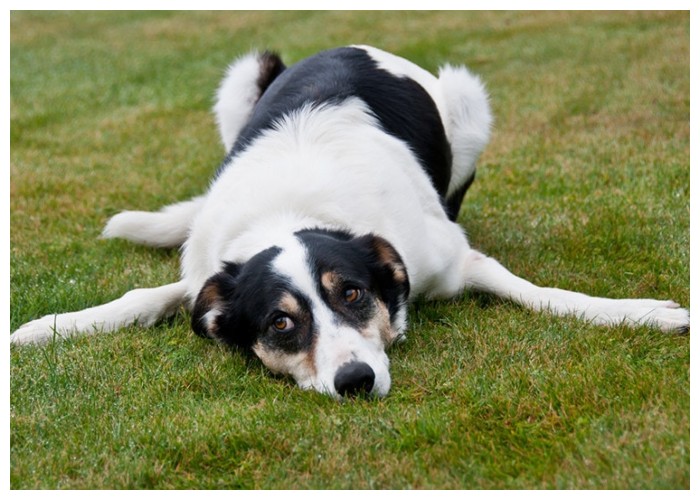Ever wish you could crack the code to your dog’s silent but expressive language? Imagine unlocking the secrets behind every tail wag, ear twitch, and nose nuzzle. Welcome to a world where you become the expert interpreter of your dog’s most subtle communications. This guide isn’t just about translating the barks and yelps; it’s about understanding the silent, potent messages your canine companion is constantly sharing with you.
Dogs communicate with us through a rich tapestry of physical cues and behaviors, each with its own meaning and context. Like a skilled linguist parsing the nuances of a foreign language, we’re here to help you become fluent in interpreting your dog’s body language. Whether it’s the joyful anticipation of a game of fetch or a display of anxiety in unfamiliar surroundings, every gesture and posture your dog adopts is part of a larger narrative. Let’s dive into the key signals that deserve your undivided attention.
-
The Play Bow: An Invitation to Fun
When your dog adopts the famous ‘downward dog’ yoga pose—rear end high, chest to the ground—it’s not just stretching; it’s an open invitation to play. This playful stance is your dog’s way of saying, “Let’s have some fun!” It’s a clear signal that your furry friend is in the mood for some active engagement, be it fetch, tug-of-war, or a spirited chase. So, when you see this pose, gear up for some quality playtime.
-
Licking Nose and Lips: A Sign of Stress
A dog licking its nose and lips outside of mealtime isn’t just a quirky habit; it’s a sign of underlying stress, anxiety, or discomfort. This subtle action is a self-soothing behavior, releasing calming endorphins in response to stressful stimuli. Observing when and where your dog exhibits this behavior can help you identify and mitigate their stressors, ensuring they feel more at ease in their environment.

-
The Stress Yawn: Not Just Tiredness
While a yawn might signal sleepiness in humans, in dogs, it often indicates stress or anxiety. If your dog yawns in response to specific situations—like the approach of a stranger or the sound of thunder—it’s attempting to dissipate tension. Recognizing the triggers of your dog’s stress yawns allows you to create a more supportive and calming atmosphere for them.
-
Mouth Closed Tight: A Sign of Discomfort
A dog with its mouth tightly closed is signaling discomfort or unease. Unlike the relaxed, open-mouthed panting of a contented dog, a clenched mouth suggests your pet is on high alert. This behavior indicates a lack of comfort with the current situation or a reluctance to engage. Paying attention to what causes your dog to clam up can help you address their unease.

-
Cowering or Lowered Body: Fear and Submission
A dog making itself appear smaller or cowering is a clear sign of fear, anxiety, or submission. This posture is an attempt to avoid conflict by appearing less threatening. Noticing the scenarios that provoke this behavior in your dog is crucial for understanding and alleviating their fears.
Becoming adept at reading your dog’s body language not only enhances your bond but also ensures you can provide the support and reassurance they need. By tuning into these silent signals, you’re not just a pet owner; you’re a trusted guardian and friend who truly understands what your dog is saying, bringing you closer than ever before. Welcome to the nuanced world of canine communication, where every gesture is a word and every posture a sentence in the ongoing conversation with your beloved pet.